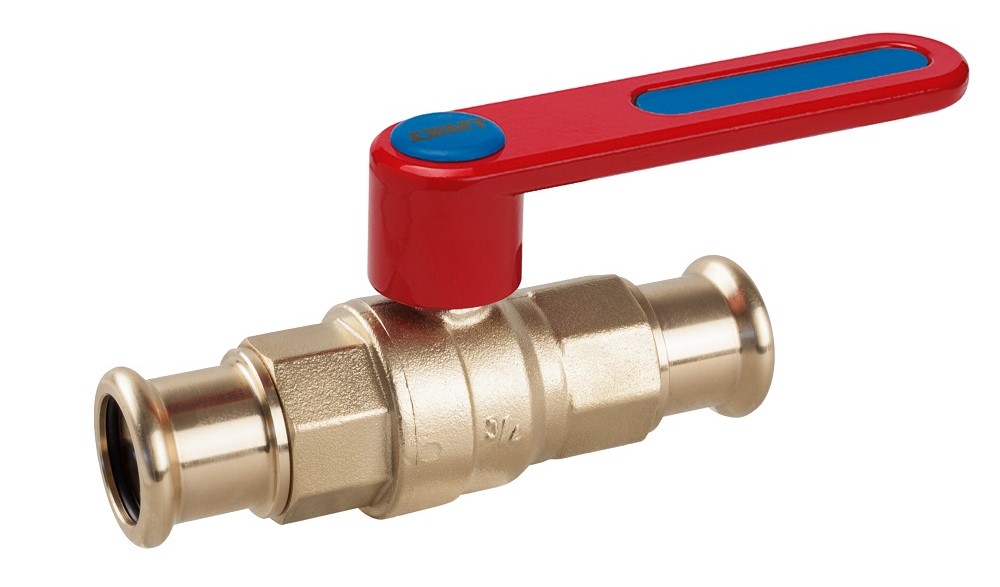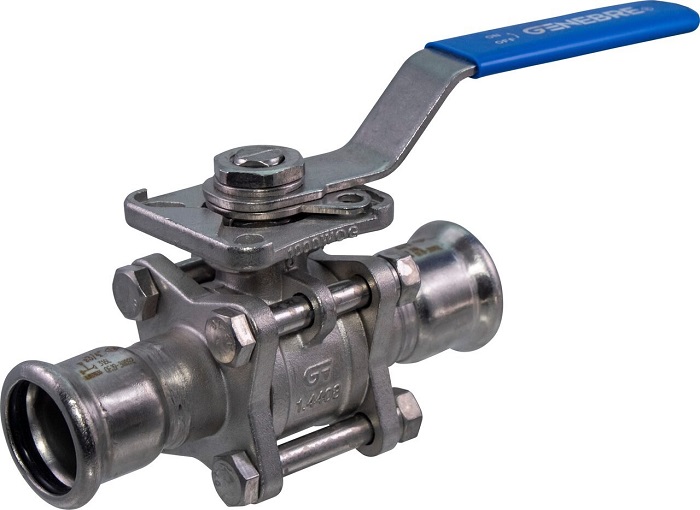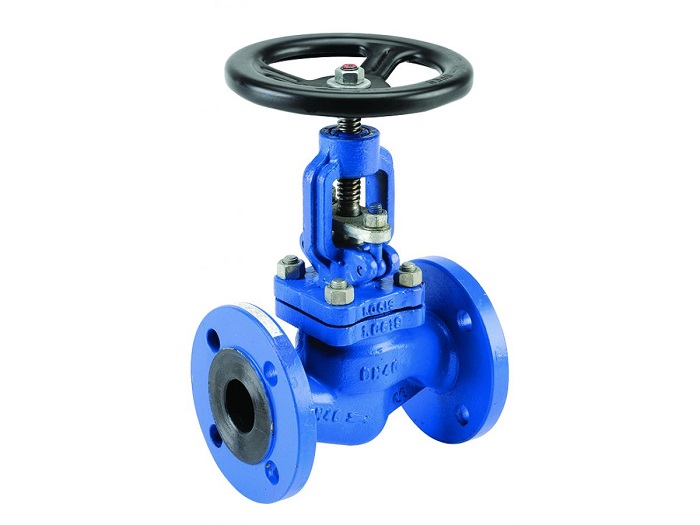There are many different types of plumbing valves with various applications. Today we are going to have a clear crystal comparison between two of the most common in use valves which are globe valve vs ball valve. In this comparison, we are going to discuss the main differences in structure and application. Linquip has gathered the most valid and reliable information for you who are about to choose one of these two type of valve and don’t know which one is better for you. Keep reading to know the main differences.
⇒ View a List of Globe Valves for Sale and Their Suppliers ⇐
How Does a Ball Valve Work?
We have two different articles on ball valve parts and ball valve types and there we talked about plumbing valve completely. But here we are having a brief introduction on how a ball valve works to show you the differences. So, let’s have look on the operation of ball valves.
A ball valve has a bead-like shape. But the difference is that the center hole is at the same size as the pipe. It has a perforating and pivotal ball inside its structure to control the flow. When the hole inside the ball is in line with the flow, it is open and the handle of the valve lies flat in alignment with the flow and it is actually in the direction of flow. When the ball is turned 90 degrees, the valve is closed. The handle when the valve is closed is in the perpendicular to the direction of the pipe and the flow inside.
Read More on Linquip
- What is Float Valve
- What is Foot Valve
- What is Gate Valve
- What is Globe Valve
- What is High pressure valves
- Flanged Control Valve V150 for Sale
- Fisher EZ Control Valve EZ for Sale
- Control Valve ET for Sale
How Does a Globe Valve Work?
We already had two separated introductions on globe valve parts and globe valve types in two different articles. To better know the differences of globe valve vs ball valve, we try to elaborate how a globe valve works briefly. Globe valves are known as control valves in plumbing. The reason for such naming is for their spherical body shape. A globe valve has an opening with a seat onto which a movable disk can be screwed in to open or close the valve.
Now that we had short introductions on how globe and ball valves work, it’s time to get closer on the differences. Although the words globe and ball as we think are so similar, these two words make big differences on the structure function and applications of their respective valves. In the following section, we have a complete and comprehensive look on the main differences of globe valve vs ball valve.
Read More on Linquip
- Globe valve types: basic types plus bold pros and cons
- Flow control valve types and functions
- Control Valve Types 101: Different Classifications, Advantage and Disadvantages
- Control Valves 101: The ultimate guide to understand control valves and how they operate
- Difference between safety valve and relief valve
- Difference between gate valve and globe valve
- Check Valve Manufacturers in United States
- Gate Valve Manufacturers in United States
- Control Valve Manufacturers in United States
- Other Valves Manufacturers in United Kingdom
- Upstream Flow Control and Valve Manufacturers
What are the main differences?
Previously we discussed the functions of globe valves and ball valves and we became somewhat familiar with the structure and components of these two types of valves. As we mentioned before, the main difference of globe valve vs ball valve is the way they open and close the flow. A globe valve is used to control and throttle the flow while with a ball valve you can’t control the flow and the only thing you can do with the flow is to close it. With a globe valve you are able to regulate the flow whereas the ball valves are well-performed for the closing the flow without any pressure drops.
Another difference is that a ball valve has a stem and a ball which rotates horizontally but a globe valve has a stem and a plug which moves vertically.
If you need to keep the flow closed for a long period of time, use a ball valve. A ball valve works more efficiently in high-pressure systems like fire hoses.
If the regulation of flow is the matter, it’s better to use a globe valve. Cooling systems, fuel and steam systems are some applications of globe valves of which the flow needs to be under a strict control. Unlike globe valves, there is no restrictions of installation for ball valves. Besides, ball valves are light weight in comparison with globe valves. Other differences are that ball valves are more durable, work well after so many cycles and are more reliable even after a very long term of misusing. Ball valves possess a small obstruction of their fluid and they are less noisy while the globe valves share a large obstruction of their fluid and may become a little bit noisy after being used for many years.
Conclusion
We put globe valve vs ball valve, two of the most common-in-use valves in plumbing, in this article and depicted for you how each of these can be used with the highest performance. We had a brief elaboration on how globe valve vs ball valve works and we want you to know that it’s okay if you still don’t know which one is more suitable for your purpose. Just sign up on our website and our experts and technicians in Linquip are ready to answer any questions of any types on this topic to make it easier for you to choose. In addition, if you have any experiences of using these two types of valve in your systems or want to share your opinions about this topic, please feel free to write them down on comments. We hope you enjoy the information we gathered and shared with you in this review.
Read More on Linquip
- Ball Valve Manufacturers
- Globe Valve Manufacturers
- Valve Manufacturers
- Needle Valve Manufacturers
- Pinch Valve Manufacturers
Buy Equipment or Ask for a Service
By using Linquip RFQ Service, you can expect to receive quotations from various suppliers across multiple industries and regions.
Click Here to Request a Quotation From Suppliers and Service Providers





